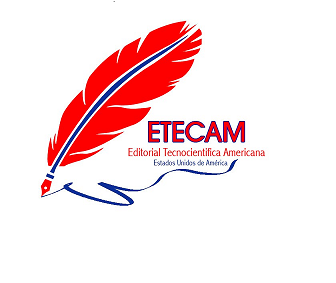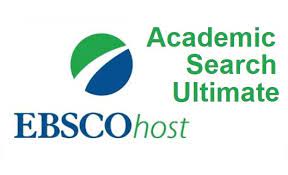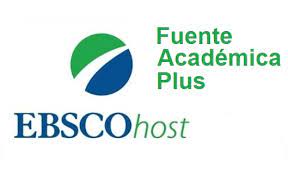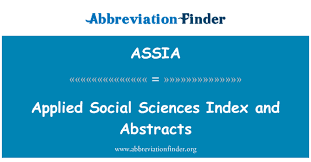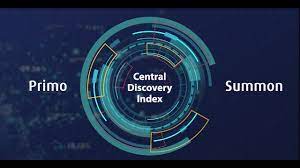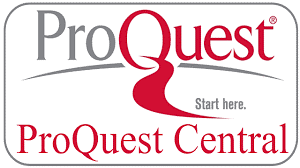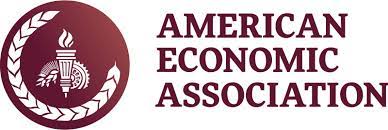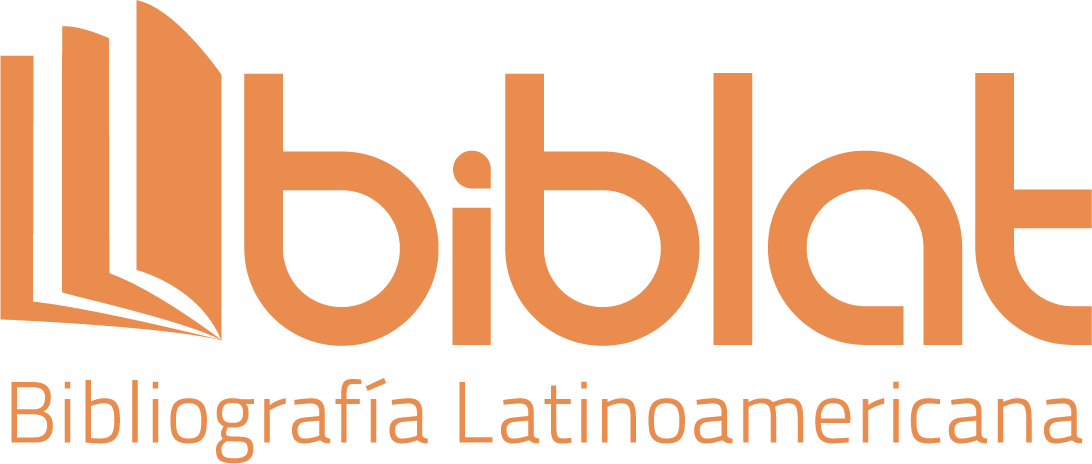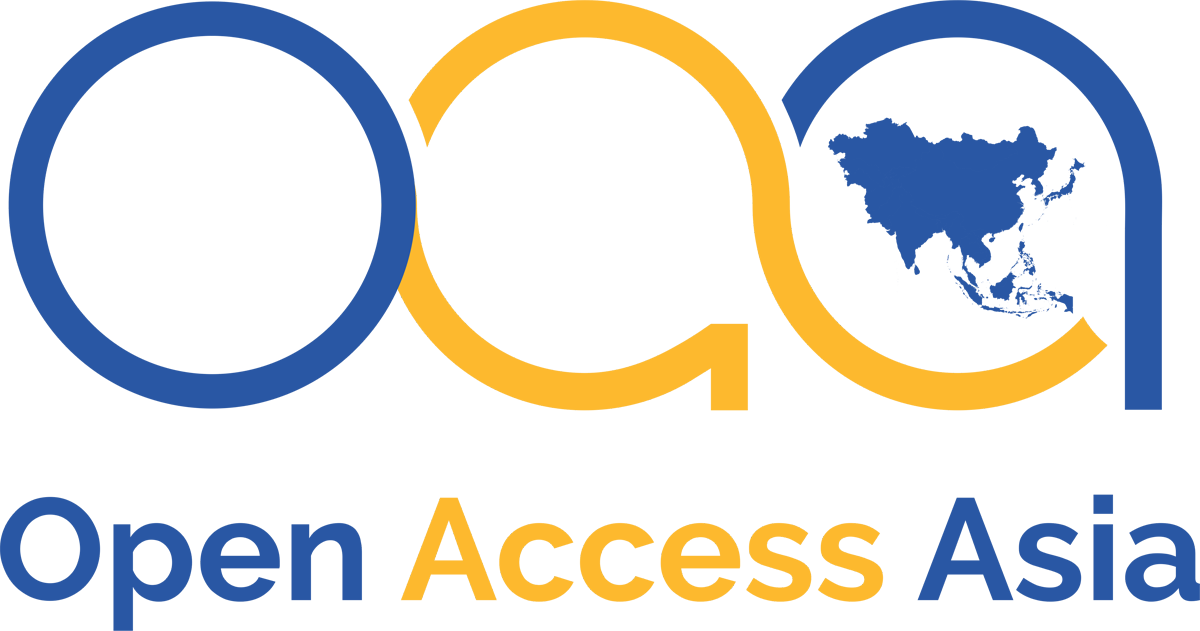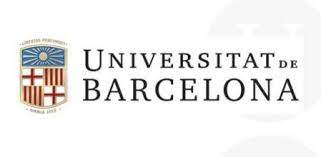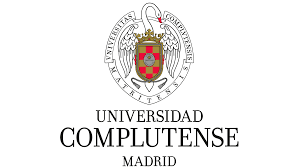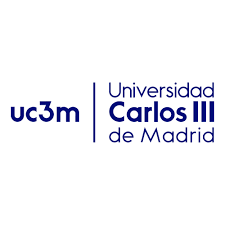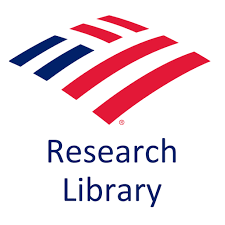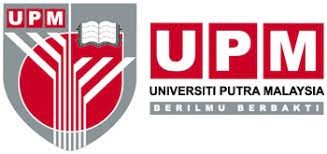Physical literacy and its influence on quality of life
DOI:
https://doi.org/10.51736/sa.v6i2.122Keywords:
physical literacy, quality of life, physical exerciseAbstract
This article investigates the influence that physical literacy has on the quality of life. The need to allude to this subject is given by the insufficiencies observed in the teaching-learning process of Physical Education, since it is not achieved that students maintain the interest to continue doing physical exercises, once the subject is finished. The objective of this work is to evaluate the correlation between physical literacy and quality of life. The methodology applied is quantitative. During the study, the survey was used as an empirical method and the Rho Spearman as a statistical correlation test for ordinal variables. As a result, it was found that there is a positive association between both variables.
Downloads
References
Águila, C. & López, J. J. (2019). Cuerpo, corporeidad y educación: una mirada reflexiva desde la Educación Física. Retos, 35, 413–421 https://doi.org/10.47197/retos.v0i35.62035
American College of Sports Medicine. (2018). ACSM's Guidelines for Exercise Testing and Prescription. Lipincott Williams & Wilkins
Ardila, R. (2003). Calidad de vida: una definición integradora. Revista Latinoamericana de Psicología, 35 (2), 161-164
Buck, S. M., Hillman, C. H. & Castelli, D. M. (2008). The relation of aerobic fitness to stroop task performance in preadolescent children. Medicine & Science in Sport & Exercises, 40(1), 166-172
Calman, K. C. (1987). Definitions and dimensions of quality of life. En N. K. Aaronson & M. A. Beckman (eds.), The Quality of life cancer patients (pp.1-9). Ravens Press.
Cairney, J. & Veldhuizen, S. (2017). Organized sport and physical activity participation and body mass index in children and youth: A longitudinal study. Preventive Medicine Reports, 13(6), 336-338
Cairney, J., Dudley, D., Kwan, M., Bulten, R. & Kriellaars, D. (2019). Physical Literacy, Physical Activity and Health: Toward an Evidence-Informed Conceptual Model. Sports Medicine, 49(3), 371-383
Cubas-Martinez, V., Marco-Ahulló, A., Monfort-Torres, G., Villarrasa-Sapiña, I., Pardo-Ibañez, A. y Garcia-Masso, X. (2019). Perfiles de actividad física, obesidad, autoestima y relaciones sociales del alumnado de primaria: un estudio piloto con Self-Organizing Maps. Retos, 36, 146-151. https://doi.org/10.47197/retos.v36i36.67549
Diamond, A. & Lee, K. (2011). Interventions shown to aid executive function development in children 4 to 12 years old. Science, 333(6045), 959-954. doi: 10.1126/science.1204529
Eurostat. (2020). Quality of life indicators - health. Eurostat. Statistic Explained. https:// ec.europa.eu/eurostat/statisticsexplained/index.php?title=Quality_of_life_indicators_-_health#Europeans_live_longer_and_healthier_lives
Farzianpour, F. (2015). Evaluation of Quality of Life and Safety of Seniors in Golestan Province, Iran. Gerontology & Geriatric Medicine, 1, 1-8
García, E., Canto, R. A. & Nieto, L. (2021). Nivel de actividad física, consumo habitual de tabaco y alcohol, y su relación con la calidad de vida en adolescentes españoles. Retos, 39, 112-119. https://doi.org/10.47197/ retos.v0i39.78489
Gill, J. (2000). El modo tácito. State University of New York Press
Hallal, P. C., Azevedo, M. R., Reichert, F. F., Siqueira, F. V., Araújo, C. L., & Victora, C. G. (2005). Who, when, and how much?: Epidemiology of walking in a middle-income country. American journal of preventive medicine, 28(2), 156-161
Hillman, C. H., Erickson, K. I. & Kramer, A. F. (2008). Be smart, exercise your heart: exercise effects on brain and cognition. Nature reviews neuroscience, 9(1), 58-65.
Hörnquist, J. O. (1982). The Concept of Quality of Life. The Scandinavian Journal of Public Health, 10(2), 57-61
International Physical Literacy Association (IPLA). (2016). Defining physical literacy. https://bit.ly/38WIup4
Longmuir, P. E. & Tremblay, M. S. (2016). Top 10 Research Questions Related to Physical Literacy. Research Quarterly for Exercise and Sport, 87(1), 28-35
Mendoza, M., López, C., Franco, J. M., Calzada, J. I., Denche, A. M. y Vivas, J. C. (2020). Estudio piloto sobre la alfabetización física en niños con edades comprendidas entre 8 y 12 en Extremadura. e-Motion. Revista de Educación, Motricidad e Investigación, 15, 1-30
Moreno, A. (2014). El misterioso viaje de aprender a nadar, pensar y sentir: educación como proceso de creación de relaciones posibles. Polis, Revista Latinoamericana, 37, 1-14. http://dx.doi.org/10.4067/S0718-65682014000100007
Organización Mundial de la Salud. (2022). Actividad física. https://www.who.int/es/news-room/fact-sheets/detail/physical-activity#:~:text=La%20actividad%20f%C3%ADsica%20hace%20referencia,como%20intensa%2C%20mejora%20la%20salud
Ortiz, R. y Ramírez, M. L. (2020). Actividad física, cognición y rendimiento escolar: una breve revisión desde las neurociencias. Retos, 38, 868-878
Roetert, E. P. & Jefferies, S. C. (2014). Embracing Physical Literacy. Journal of Physical Education, Recreation & Dance, 85(8), 38-40
Roetert, E. Kriellaars, D. Ellenbecker,T. & Richardson, C. (2017). Preparing Students for a Physically Literate Life. Journal of Physical Education, Recreation & Dance, 88(1), 57-62
Schalock, R. L. y Verdugo, M. A. (2002/2003). Quality of life for human service practitioners. American Association on Mental Retardation
Schalock, R. L. y Verdugo, M. A. (2007). El concepto de calidad de vida en los servicios y apoyos para personas con discapacidad intelectual. Siglo Cero, 38(4), 21-36.
Strong, W. B., et al. (2005). Evidence based physical activity for school-age youth. The Journal of pediatrics, 146(6), 732-737
Torrebadella, X. & Domínguez, J. A. (2018). El deporte en la educación física escolar. La revisión histórica de una crítica inacabada. Retos, 34, 403–411. https://doi.org/10.47197/retos.v0i34.5796
Urzúa, M. A. y Caqueo, A. (2012). Calidad de vida: Una revisión teórica del concepto. Terapia Psicológica, 30, 61-71.
Verdugo, M. A., Arias, B., Gómez, L. E. y Schalock, R. L. (2009). Escala Integral de Calidad de Vida. CEPE.
Whitehead, M. (1990). Meaningful existence, embodiment and physical education. Journal of Philosophy of Education, 24(1), 3-14 https://doi.org/10.1111/j.1467-9752.1990.tb00219.x
Whitehead, M. (2010). The concept of physical literacy. In Physical literacy throughout the lifecourse (pp.57-70). Routledge.
Whitehead, M. (2013). The history and development of physical literacy. International Council of Sport Science and Physical Education, 65, 22-29.
Whitehead, M. E., Durden-Myers, E. J. & Pot, N. (2018). The value of fostering physical literacy. Journal of Teaching in Physical Education, 37(3), 252-261.
WHOQOL GROUP (1995). The World Health Organization Quality of life assessment (WHOQOL). Position Paper from the World Health Organization. Social Science Medicine, 41(10), 1403-1409
Published
How to Cite
Issue
Section
License
Copyright (c) 2023 Yubber Alexander Cedeño

This work is licensed under a Creative Commons Attribution-NonCommercial-ShareAlike 3.0 Unported License.













